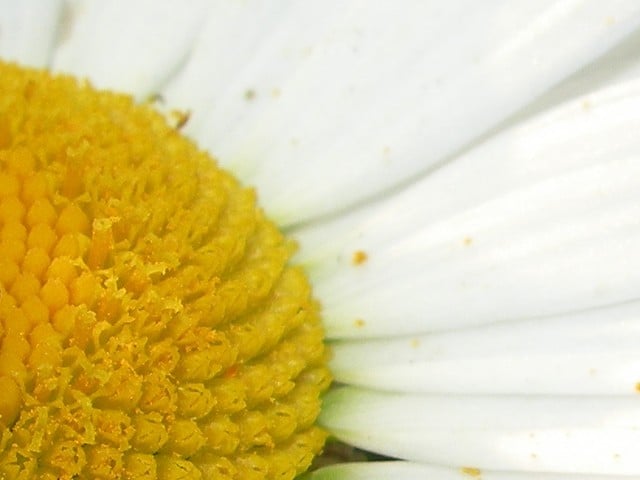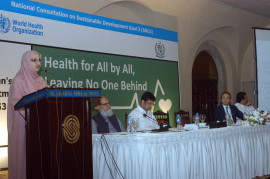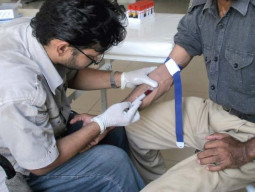
by seasonal allergic rhinitis.
Advising precautionary measures against allergies, Services Hospital ENT Head Dr Mohammad Amjad said treatments included non-sedating antihistamines, intranasal corticosteroids, and immunotherapy, which are approved for adult and child use.
Allergic rhinitis, or more commonly known as hay fever, happens when one breathes in pollen or dust in which the mucous membranes of the eyes and nose are inflamed, causing running at the nose and watery eyes.

Allergic reactions can be triggered by outdoor allergens, such as pollens from grass, trees and weeds while indoor allergens include pet hair or dander, dust mites and mold.
“When allergic rhinitis is caused by outdoor allergens, it is often referred to as seasonal allergies, or hay fever,” said Amjad while addressing a press conference at the hospital on Wednesday.
The allergy is clinically defined as a symptomatic disorder of the nose and is characterised by nasal symptoms including rhinorrhea (runny nose), sneezing, nasal blockage or itching of the nose. It is often associated with ocular symptoms as well.
Consequences
“Allergic rhinitis can lead to serious health problems. It is a nuisance because it affects a person’s social life, school performance, and work productivity,” he said.
According to him, the symptoms of allergic rhinitis adversely affect the quality of life, including psychological well-being and the cognitive process.
He said the allergy reduces learning ability in children, “about 88% of pediatric allergic rhinitis patients suffer sleeping disorders,” he claimed.
While highlighting adverse effects, the presence of this allergy often precedes the development of asthma.
”Mixed cases of rhinitis, asthma and allergic rhinitis alone were the major allergic disorders in the province and Sindh and K-P as well,” he added.
Published in The Express Tribune, October 6th, 2016.







































COMMENTS
Comments are moderated and generally will be posted if they are on-topic and not abusive.
For more information, please see our Comments FAQ